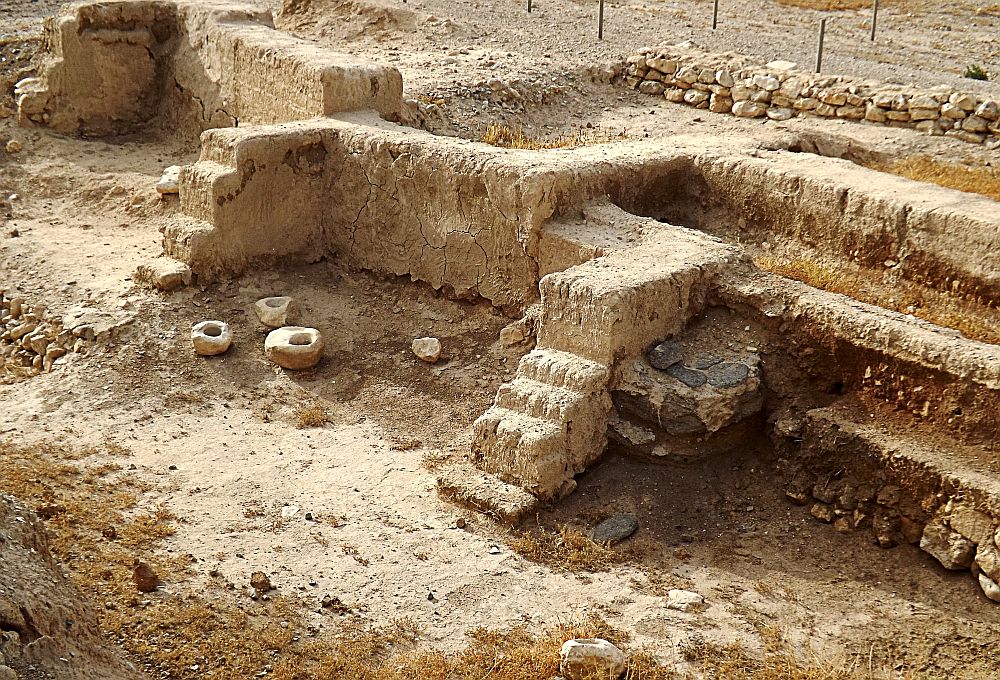
[Image above] Shown in a video screen capture, Contour Crafting may one day allow construction of entire homes in a single day, says developer Behrokh Khoshnevis. Credit: Cooper-Hewitt National Design Museum; YouTube.
Additive manufacturing processes such as 3D printing are not new, but they certainly are gaining more attention in the wake of recent mainstream media reports about development of the world’s first 3D printed firearm.
In the field of ceramics, additive manufacturing techniques have been and are being used to produce everything from art pieces to heater housings for NASA’s Curiosity Mars rover. With development of concrete materials for 3D printing, add to that list building elements, and, in the future, entire buildings.
One of the main proponents of architectural-scale 3D printing is Behrokh Khoshnevis, professor of Industrial & Systems Engineering and Civil & Environmental Engineering and Director of the Center for Rapid Automated Fabrication Technologies (CRAFT) at the University of Southern California.
At a TED Talk last year, Khoshnevis discussed his vision for 3D printing homes and buildings using a reinforced concrete material with compressive strength more than three times that of conventional concrete (10,000 psi, versus 3,000 psi for batch-produced concrete typically used in construction). Khoshnevis believes the rapid construction technique, which he calls Contour Crafting, has the potential to help house the world’s burgeoning population. Use of the technique would soften the rectilinear grids found in most construction into strong, aesthetic arches, domes, and other complex forms, he adds.
Also working to bring 3D printing of a concrete material to the mainstream is Emerging Objects (Oakland, Calif). The company’s polymer concrete can be fiber-reinforced, and is said to provide a rigid concrete substrate that can be sandblasted to create a range of finish textures from glossy to satin.

This example of Emerging Objects’ 3D printed concrete Planter Bricks is 8 inches wide, 2¾ inches high and 4 inches deep. Credit: Emerging Objects
With development of scaled-up printer technology, the process may be usable for fabricating building materials. At the moment, the company is using 3D printing to produce unusual architectural elements it says are cheaper, stronger, and more environmentally friendly than those fabricated using standard construction materials and techniques.
Planter Bricks, for example, are custom designed concrete masonry structures that can hold plants and vegetation. The company believes they have the potential to counter the “heat island” effect of large cities by modifying the temperature of the microclimate around the building through “evapotranspiration and pollution conversion.”
Planter Bricks could also buffer sound and help filter the air, according to Emerging Objects, and come in a variety of angular and curved forms with various-sized cavities.
The company invites designers to send in CAD models based on a given design statement and selects the best designs for production and commercialization.
Author
Jim Destfani
CTT Categories
- Cement
- Construction
Related Posts
The urban fabric of brick—Part 3: Innovations and the future of design
November 11, 2025
The urban fabric of brick—Part 2: Ancient brick history
October 28, 2025


